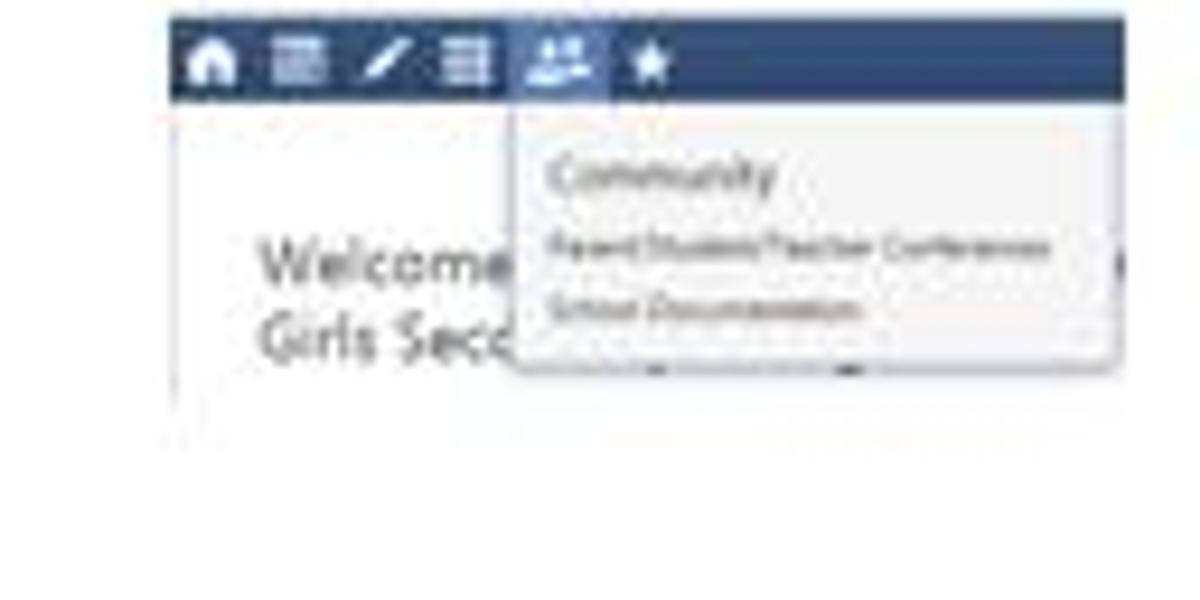TERM 1 STUDENT-PARENT-TEACHER LEARNING CONFERENCES
Our Term 1 Parent-Teacher-Student Learning Conferences will be held on Tuesday 3rd March between 12pm and 7pm on the Main Campus of the College. There will be no classes in the morning. However, your child is expected to attend the Conference with you. Teachers will be having a short break between 2.10-2.30pm and a dinner break between 4.30-5.10pm and you will not be able to make a booking during these times.
MAKING A BOOKING ON COMPASS
BOOKINGS OPEN: Tuesday 25th February at 9am
BOOKINGS CLOSE: Monday 2nd March at midnight
Please note that only individuals who have installed the iOS or
Android “Compass School Manager” native application and who have allowed notifications will receive these Push Notifications.
You can make a booking using Compass – go to the Community icon (the two people) and select Parent-Student-Teacher Conferences. Students cannot book interviews using their accounts.
Please be mindful that each Learning Conference goes for 10 minutes only. If you would like to arrange a more in-depth discussion with a particular teacher, then please make another appointment with that teacher.
We look forward to seeing you at this event and discussing your child’s progress, learning and goals.
The MFG Traits
We are continuing to weave our 11 MFG traits into our curriculum, learning and life at MFG. This year our teachers continue their focus on a professional learning goal that involves weaving at least one trait into their curriculum design and their teaching during both Semesters 1 and 2.
Over the last two years we have developed an overview or profile of each trait:
- What is the trait and what does it look like in action?
- Strategies and teaching techniques that we use to develop and teach this trait
- References and Sources
Below is an example of one of these Trait profiles – ‘Optimistic about the future’.
On the first school day for our Year 12 students participated in a Traits focused activity in House groups. They collectively identified the three traits they would embrace and live as a Year 12 cohort during 2020. These are:
- Hard-working, ambitious and confident
- Flexible collaborators, leaders and team members
- Optimistic about the future
OPTIMISTIC ABOUT THE FUTURE
What is this trait and what does it look like in action?
What is it to be optimistic?
Optimism involves learning to think positively about the future – even when things go wrong. It’s about looking objectively at a situation, making a conscious decision to focus on the good. Someone who is optimistic is hopeful about the future and tends to expect that good things will happen.
- Optimism is not about the glass being half full as is commonly believed.
- Optimism refers to your belief system about how successful you think your actions are, and how effectively you can impact on the world.
- Optimists do better academically, socially and have better health than pessimists
- Optimists look at the flip side of negative events for some good, some hope and some reason to be positive
- The basis for optimism is in the way that a person thinks about the causes of events, which is reflected in the way he or she explains events.
We can teach and nurture optimism
- We help our students to understand the power of self-talk
- We assist our students to slow down and think through the options
- We support our students to reframe: Optimistic people are able to find positive aspects in negative situations, no matter how small
- We support our students to look for the lesson - Self-blame is strongly-related with pessimistic thinking
- We teach our students to look for the learning in every situation
- We apportion blame fairly
- We assist our students to practice perspective taking and recognise that children often get things out of proportion when they are under stress
- We teach our students to wind back or tone back their language - Extreme language leads to extreme thinking. We can encourage our students to replace “I’m furious” with “I’m annoyed”, “It’s a disaster” with ‘It’s a pain”, “I hate it” with “I don’t like it” - by changing kids’ language you change how they think about events and, more importantly, how they feel
- We help our students to set realistic, achievable goals
- We encourage our students to use their ‘disaster meter’ - ask kids to assess negative events on their personal disaster meters
- We encourage our students to look for the good things that happen to them.
Strategies and Techniques that we use to develop and teach this trait include:
Our community has:
- an understanding about what the future looks like
- the ability to articulate actions/concepts around sustainability
- ownership of Global footprints - meeting the needs of today without compromising the needs of future generations
- control of their future and the understanding that this empowers optimism for the future
- an understanding of pathways options and opportunities
- an identity as a learner and set goals to improve our limitations
- appreciation that mistakes and failure are central to learning progress and improvement
- the language of learning to describe and understand ourselves as learners in a wide range of contexts.
High Impact Teaching Strategies
- Multiple exposures
- Setting goals
- Differentiated teaching
- Questioning
Dylan Wiliam’s Formative Assessment Strategies
- ‘Self-Reports’
- Plus, Minus, Interesting
- Self-assessment as a routine park of classwork (see reflection prompts pp217)
- ‘Lea




